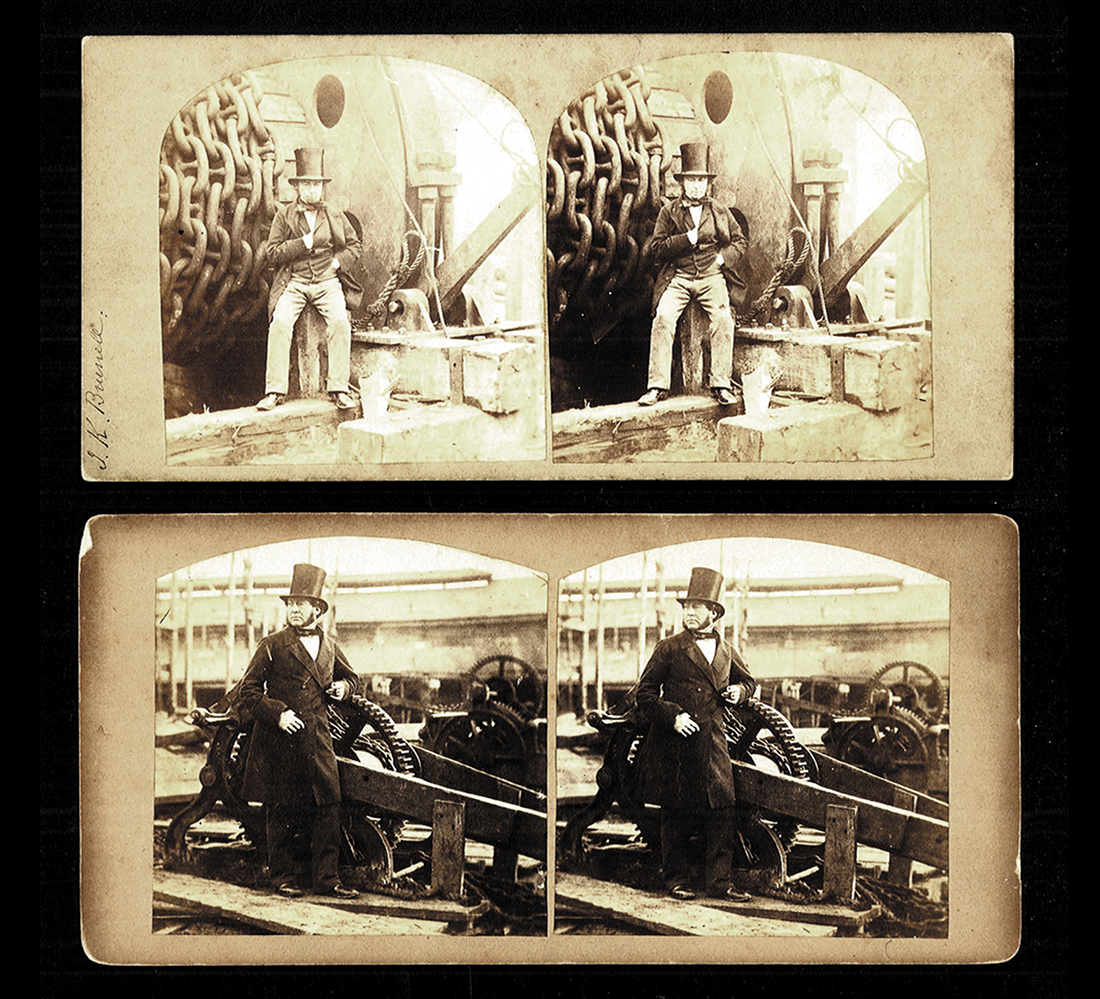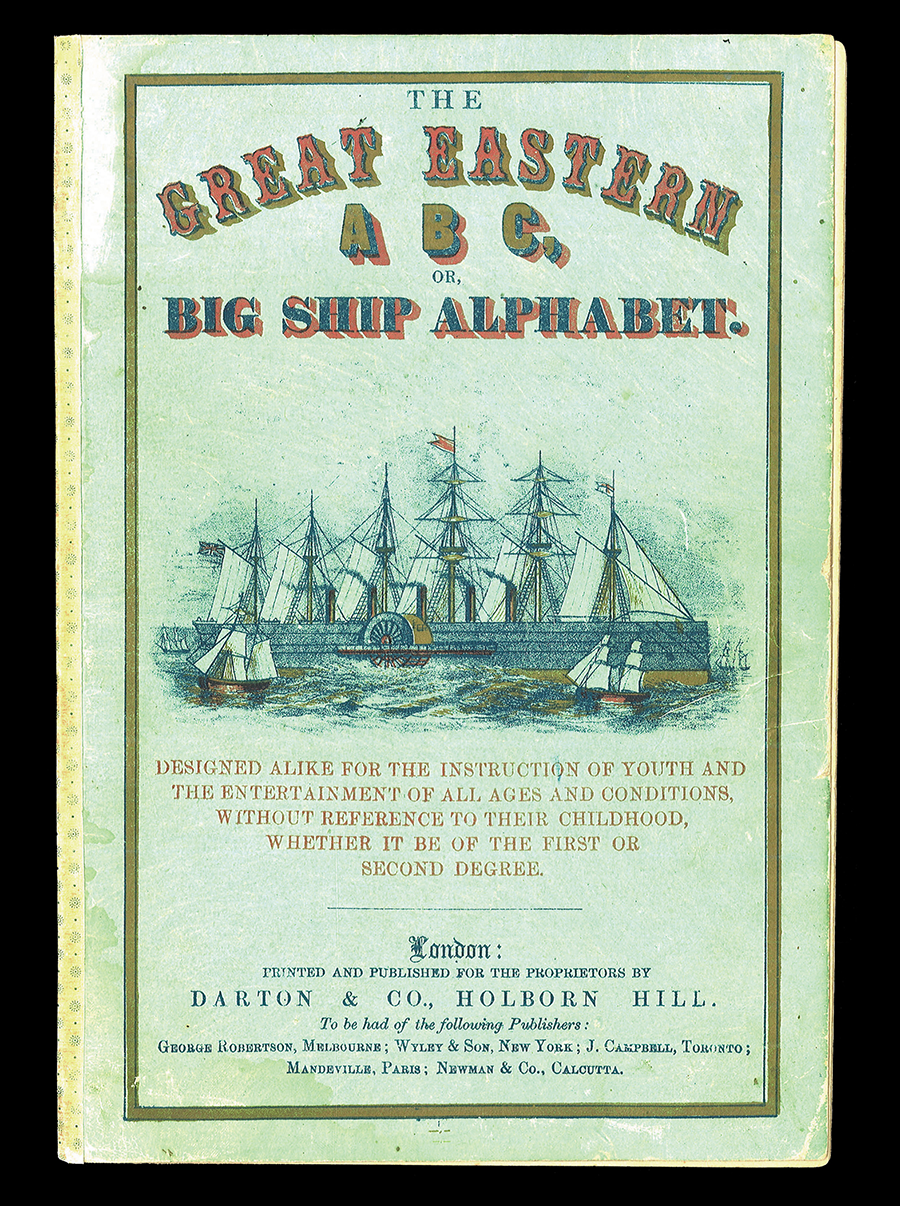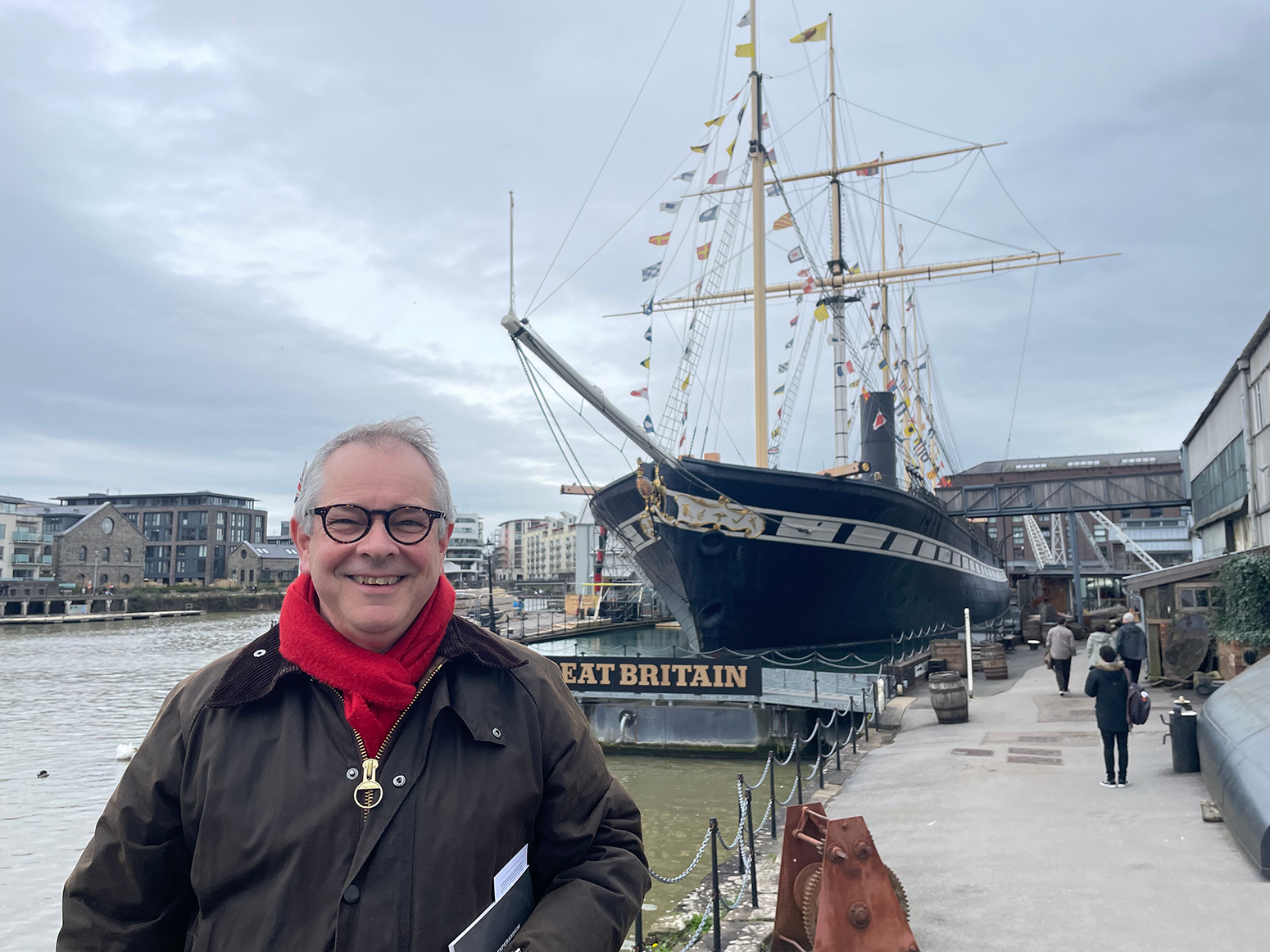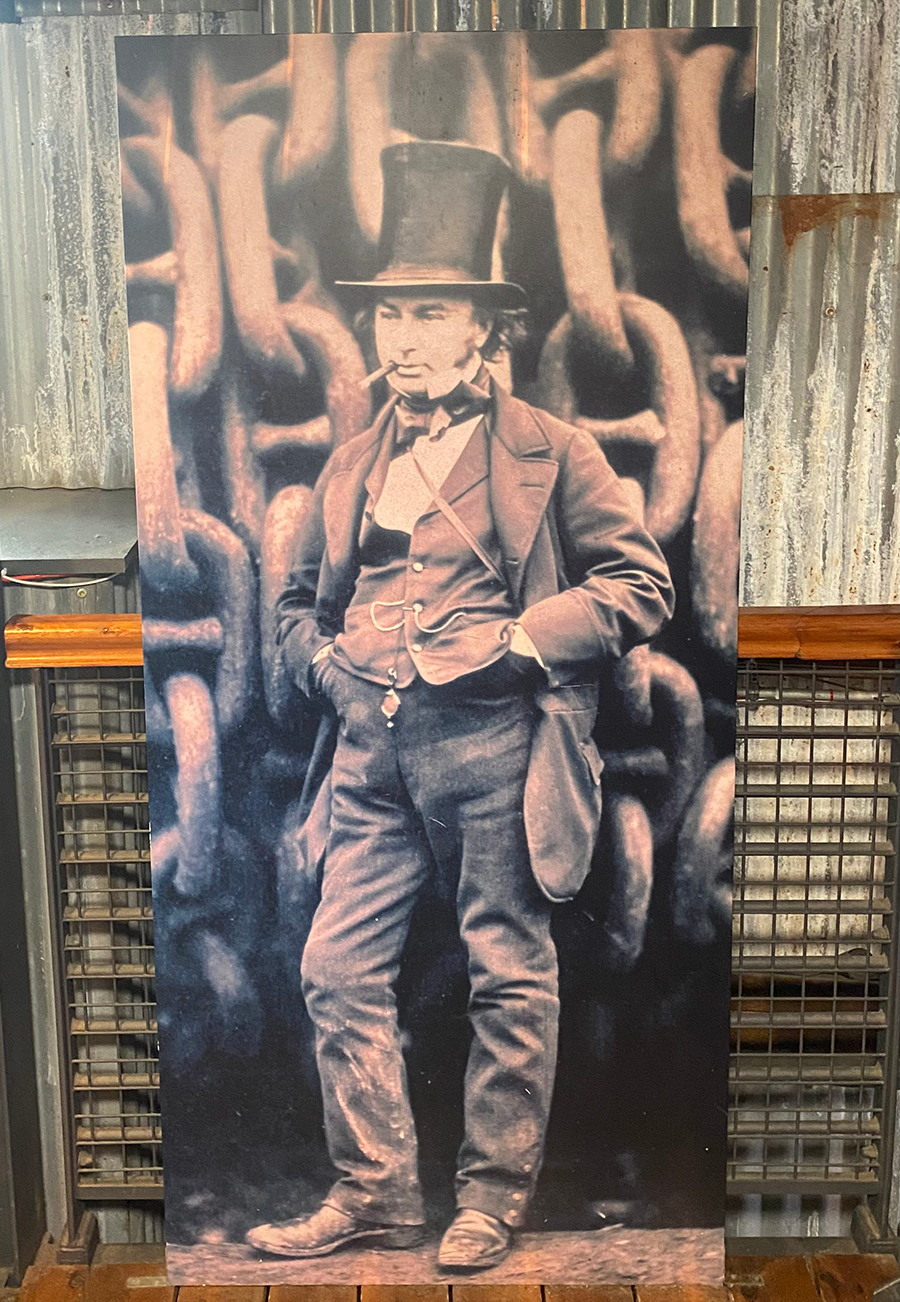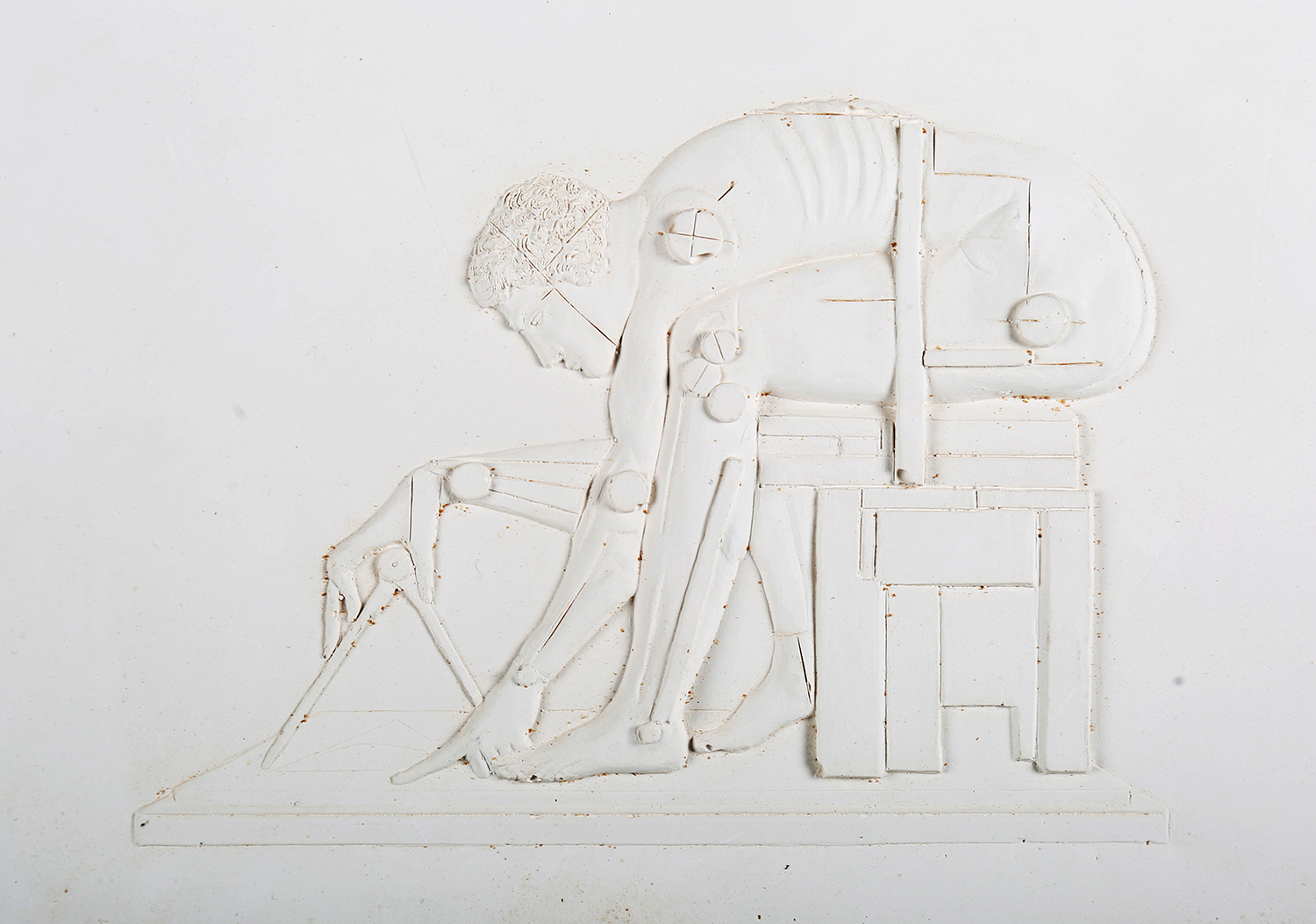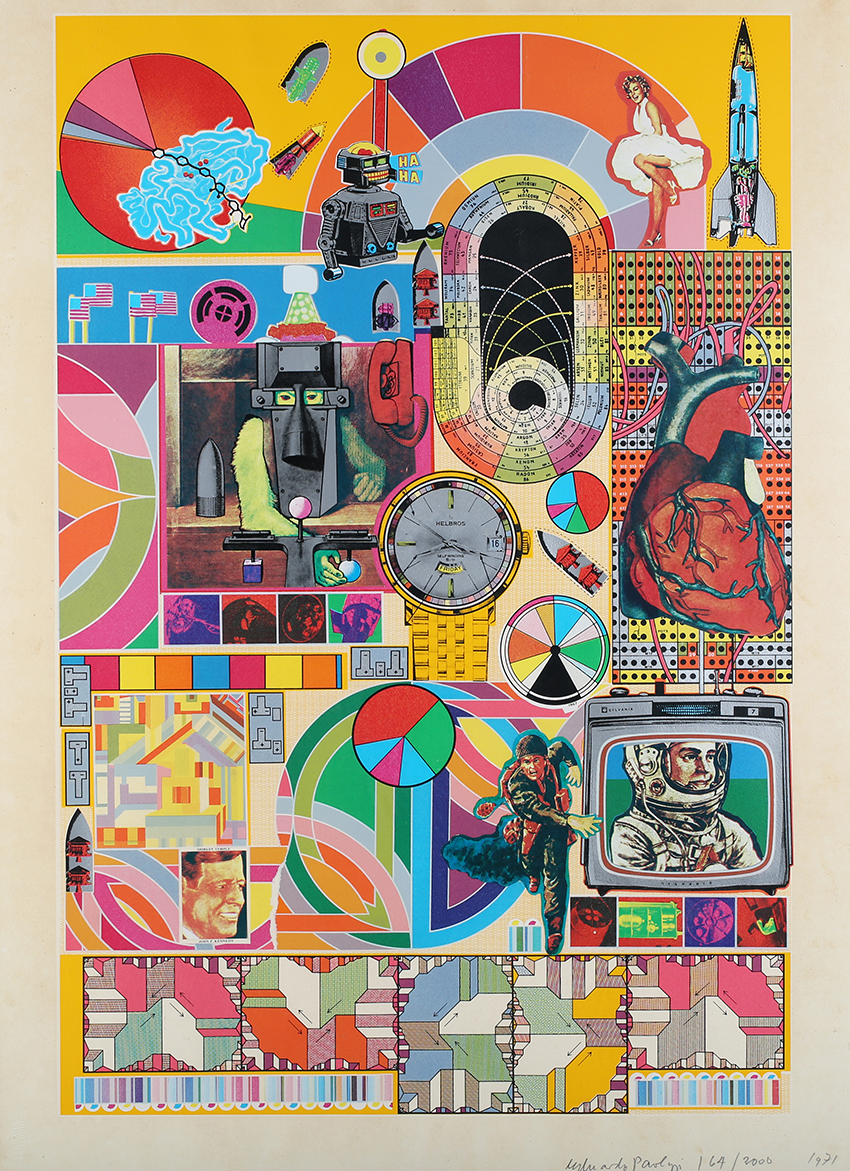
The Amberley Museum’s themed weekends are always a cause for celebration with trains, cars, traction engines and buses as well as the superb interactive displays which so eloquently speak of the history of our nation’s heritage crafts and industry.
As I drove down that beautiful road between Storrington and Amberley I was met with that majestic open landscape against the backdrop of the Sussex Downs and the blessing of blue skies and scudding clouds. It seemed spring had finally arrived with a warmth on our faces. Wrapped in her tartan travelling rug my terrier, Bonnie, poked her nose out the side of the car and seemed to smile. I was heading to the museum for their annual Vintage and old car day in procession with a group of friends and fellow Riley enthusiasts.
Turning into the Amberley Museum we were met by a scene filled with excitement as the volunteers welcomed us. The Amberley Museum depends on its remarkable community of volunteers.
Amidst all this activity Peter was being steamed up and the vintage Southdowns open top double decker bus prepared for rides. The day drew large crowds who were delighted to be at Amberley in the spring sunshine.
My 1932 Riley Gamecock is a new arrival. I’ve called her Jenny after my favourite childhood Corgi and we’re getting on rather well. At 92 years old she’s a little oily and incontinent but all to be expected. She’s been loved and beautifully maintained over the years and has the most wonderful patina. She and Bonnie drew much attention.
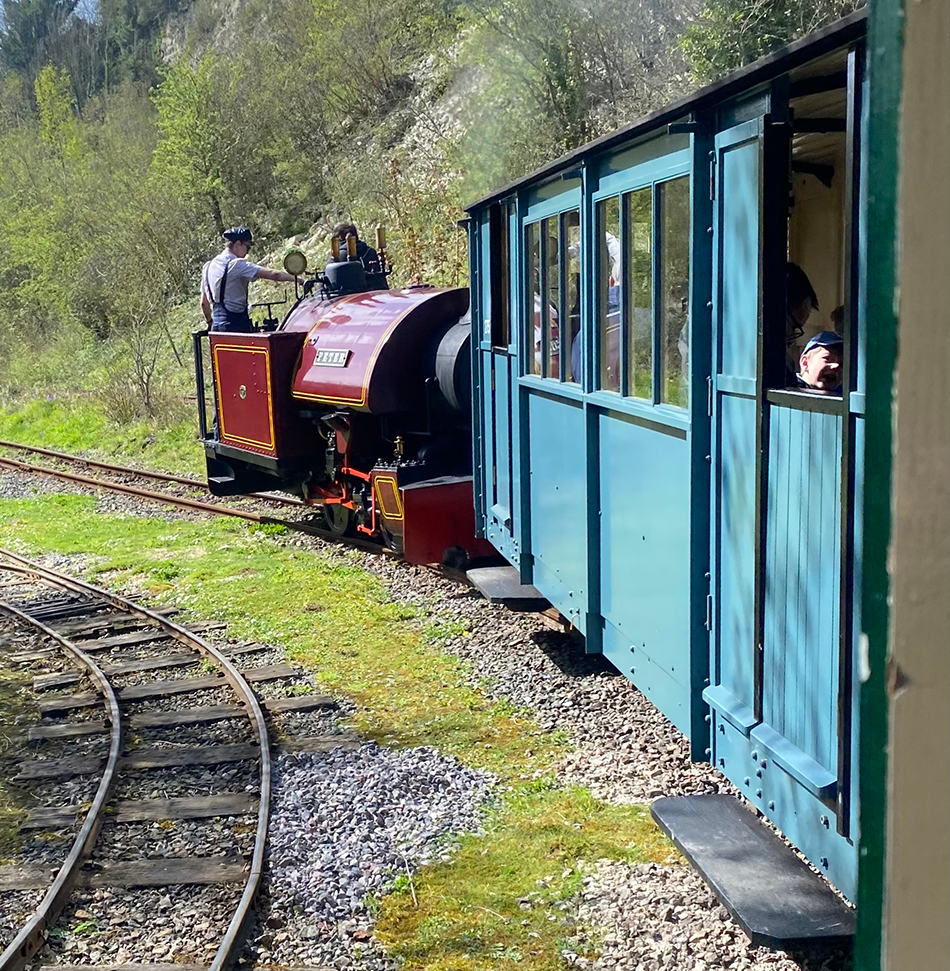
I love to ride on the railway at Amberley especially when Peter is steaming along. Peter was built in 1919 by W C Bagnall Ltd in Stafford. An 0-4-0 loco, no. 2067, he was originally supplied to the Ministry of Munitions for War and delivered to the Canadian Forestry Corps at Longtown in Cumbria. He was later acquired by the Cliffe Hill Quarry Co in Leicestershire where he worked until 1949. Eventually the Narrow Guage Railway Society (NGRS) took ownership of him. He’s been busy at Amberley since 1983 where he was restored. Amberley were able to buy Peter from the NGRS in 2002, a fitting home for such a delightful engine.
The Amberley Museum offers so much throughout the year a Family Membership really will really will repay you. And it is such a pleasure to belong to this remarkable community of historians, crafts people, volunteers and enthusiasts. To find out more visit amberleymuseum.co.uk.
